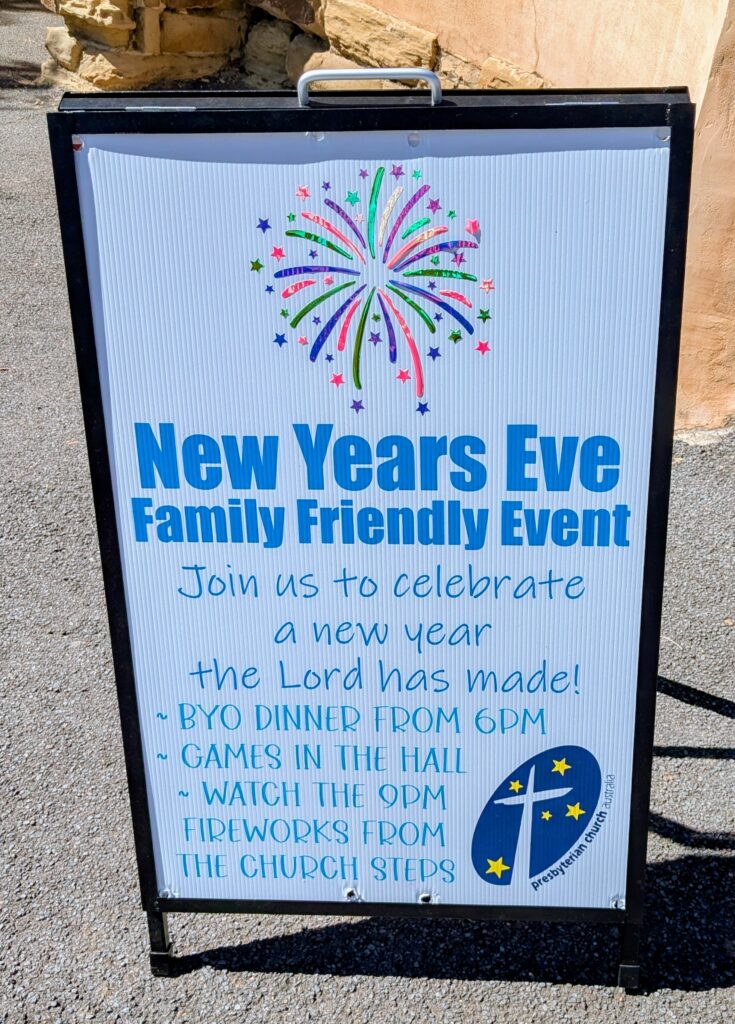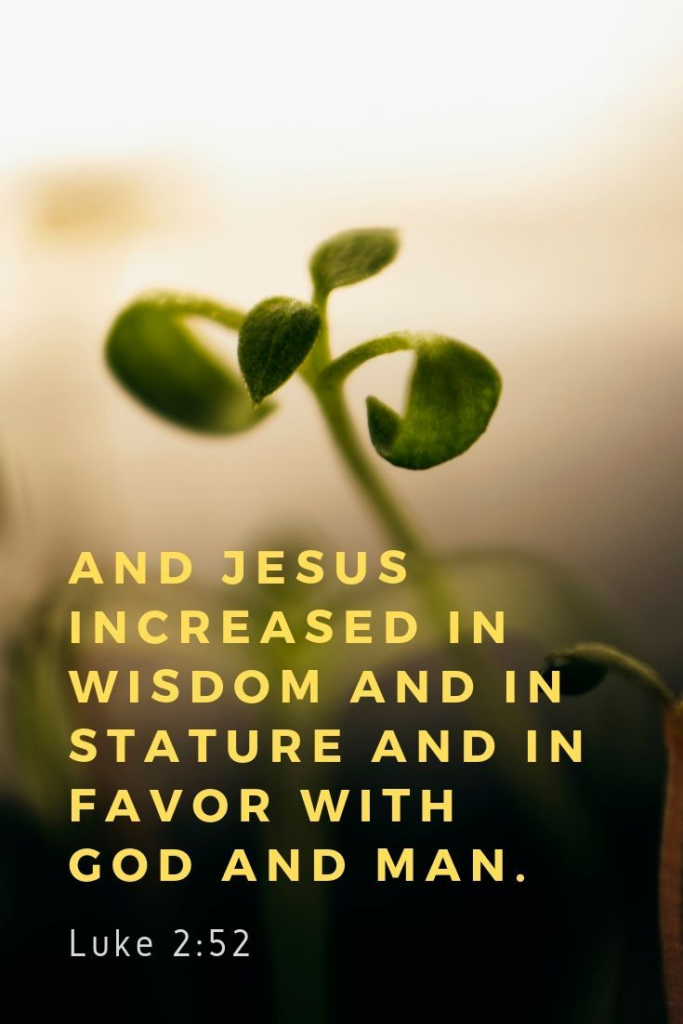
January 2026 @ St John’s


Each of the gospel writers, Matthew, Mark and Luke, record the parable that Jesus told, called either the ‘parable of the seeds’ or the ‘parable of the sower’ or the ‘parable of the soil’. In Luke’s gospel, the parable appears in Luke 8:1-21 and is ‘bookended’ by two references to women. Before the parable, referring to those women who supported Jesus through his ministry and then at the end of the parable, his own family, led by his mother Mary. In the middle of these references stands the parable which teaches us about hearing, doing, obeying and growth – all signs that we belong to the Kingdom that Jesus came to bring in through the scattering of the seed (the word of God).
Message
Outline
• The twenty-second in this series
• The context and the parable
• Explaining or hiding truth?
• See how Jesus tells us of…
Who Luke has already told us about…
Hearing the Word isn’t enough!
Growth is the proof of life!


Luke 2:21-52 are verses that might be all too easily overlooked in the Christmas season, when they ought not be. They give us a glimpse into ‘what went on’ for Jesus and even for his parents after the angels and shepherds had all gone away. They cover ‘ordinary’ matters that any Jewish couple of their time would have to observe – involving circumcision of their baby boy and more than one visit to the Temple in Jerusalem…. and it’s there in the Temple that many things unfolded that lead us to learn much more about our Saviour.
Message
Outline
• First Sunday/ last Sunday
• A post-Christmas analysis
• The next (forgotten) part of the story – in the Temple!
• See how Luke tells us of how…
Pre-New Year
People of faith….
Being like Jesus…

In Luke 2:1-20, Luke sets down in writing what he had come to know about the birth of Jesus through his faithful research. After having set the scene for the event through the happenings regarding the angel Gabriel’s busy visits to Zechariah and to Mary, the spotlight then turns to the baby promised to Mary. While there are many ways to tackle this well known passage, this message explores the events that Luke recorded through the theme of journeys – 3 of them – that all have ‘joy’ in the centre of them.
Message
Outline
• The next part of this series
• Stability in an unstable world
• What we’ve seen from Luke 1
• See how Luke tells us of…
From their journeys to yours
Finding joy….
The salvation He came to bring!


In Luke 1:57-80, we see how Luke continues the story of Zechariah who had been struck dumb for failing to believe the angel Gabriel’s words earlier in the chapter. After his tongue was loosed, Zechariah made up for lost time in declaring the praise of God, His faithfulness and power in coming to rescue His people, bringing together many of the great Old Testament themes. Zechariah’s song pointed his hearers to his own son who would be a prophet of the Lord who would prepare the way for God’s own Son who was to come.
Message
Outline
• Luke’s accurate account
• Characters in the spotlight
• Zechariah speaks and sings
• See how Luke tells us how …
An analogy from the theatre
The spotlight turned heavenward
Join the song!

Come and join us on Friday December 19th for our annual Christmas event!
Thursday December 25th for our Christmas Day service, 9:30am
Details below…

It’s possible to either over emphasise or under estimate the role that Mary had in being the birth mother of Jesus, but in Luke 1:26-56, it seems that the matter is plain. God’s choice of Mary was the right one – not because she in herself was without sin – but because she was willing to serve Him in this difficult and costly task. It’s all there in the account that Luke recorded fo Theophilus, and for all who read it these many years later!
Message
Outline
• The next instalment
• Another pregnancy
• Elizabeth – unexpected, Mary – impossible
• See how Luke tells us of…
Humility
Salvation
Praise

There’s so much more to the Christmas story than the angels, the shepherds, the wise men, Mary and Joseph and the baby in the manger. The gospel writer, Luke, a careful historian, presents the story of the birth of Jesus as the part of the fulfillment of God’s plans and promises to send a Messiah to the people of Israel and so, it was into a particular time and place that Jesus came into the world. But before He came, someone else had to come -and his name was John and his parents had their own story.
Message
Outline
• Christmas approaching!
• Back to chapters 1 and 2
• Luke’s classic prologue/introduction
• See how Luke tells us of…
A man in two worlds
Impossibilities: no problem to Him!
Faithlessness: can never nullify His!
